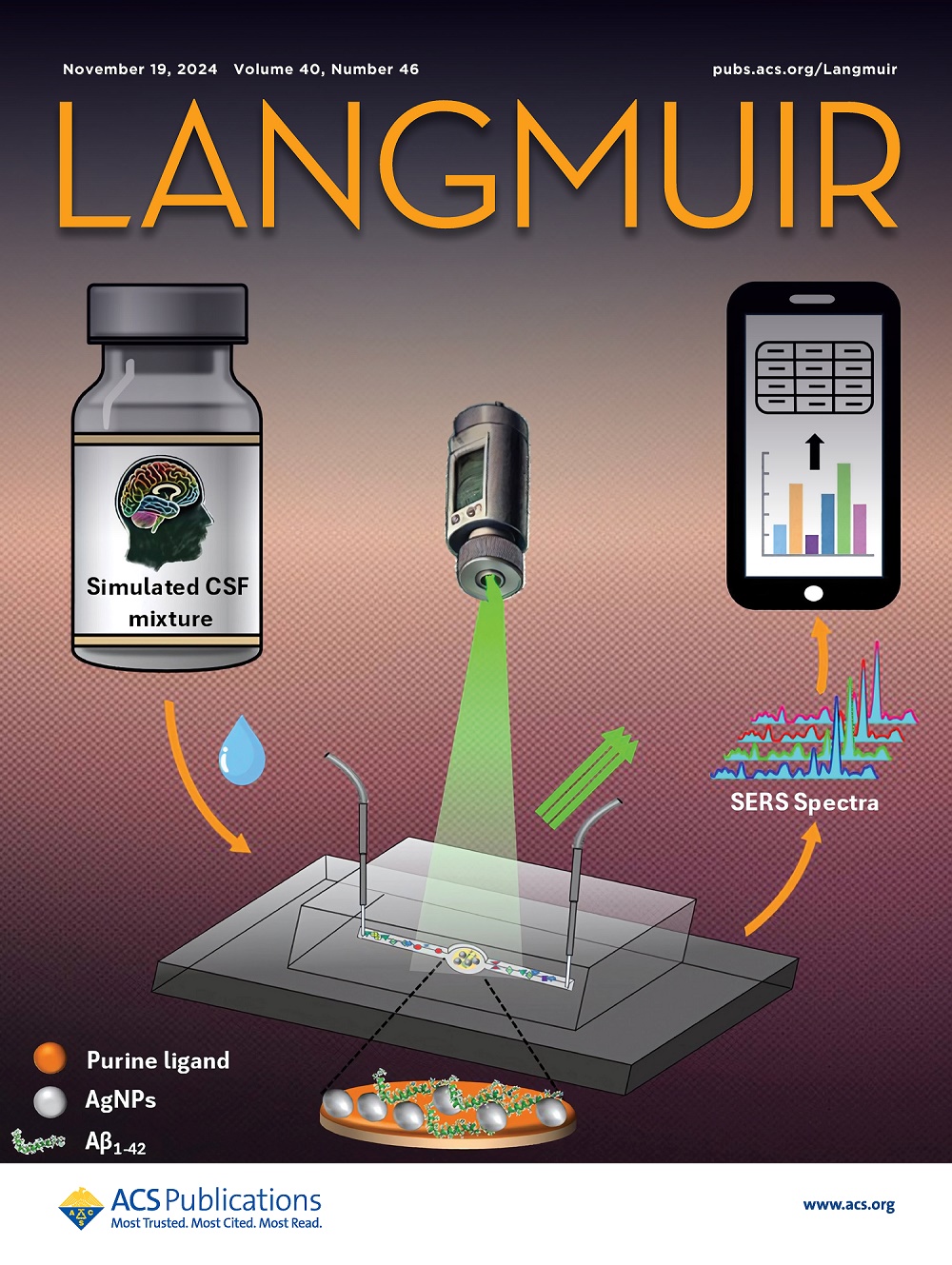IF 3.7
2区 化学
Q2 CHEMISTRY, MULTIDISCIPLINARY
引用次数: 0
摘要
据估计,金属腐蚀每年给全球造成 2.5 万亿美元的损失,是所有工业部门面临的一项重大挑战。目前已开发出许多无机和有机缓蚀剂,但人们越来越关注它们的毒性和对环境的影响。在此,我们设计并研究了基于吲哚-3-甲醛(一种常见于消化系统的化合物)和硫代氨基羰基(一类安全的配体)的优质有机缓蚀剂,用于 pH 值为 1 的硫酸溶液中的低碳钢。电分析技术和重量测试表明,在 30 °C 时,抑制效率高达 98.9%。利用朗缪尔等温线建立的模型给出了 2 至 9 × 104 M-1 的吸附平衡常数 Kads 和高达 -41.44 kJ mol-1 的相应吸附吉布斯自由能 (ΔGads),表明它们具有化学吸附作用。扫描电子显微镜图像证实了这些缓蚀剂的功效,因为测试后表面特征变化有限,甚至没有变化。通过 XPS 和 LC-MS 进行的表面分析表明,最佳化合物的抑制剂浓度约为 0.7 至 1.8 μg cm-2,进一步强调了它们在低浓度下的性能。通过 MALDI-MS 绘制的表面图进一步证实了钢表面的均匀涂层,浓度没有明显波动。由于所有抑制剂都具有相同的吲哚硫代氨基甲酸平台,因此理论计算得出了独特的结构-性能关系。值得注意的是,DFT 和 AIMD 解释了性能差异,强调了侧基在分子轨道分布中的作用,以及水分子在增强有机缓蚀剂的电子特性和促进其化学吸附中的作用。本文章由计算机程序翻译,如有差异,请以英文原文为准。

A Platform Approach for Designing Sustainable Indole Thiosemicarbazone Corrosion Inhibitors with Enhanced Adsorption Properties
With an estimated global cost of $2.5 trillion per year, metal corrosion represents a major challenge across all industrial sectors. Numerous inorganic and organic corrosion inhibitors have been developed, but there are growing concerns about their toxicity and impact on the environment. Here, superior organic corrosion inhibitors based on indole-3-carboxaldehyde, a compound commonly found in the digestive system, and thiosemicarbazones, a safe class of ligands, were designed and studied for mild steel in pH 1 sulfuric acid solutions. Electroanalytical techniques and gravimetric tests revealed inhibition efficiencies as high as 98.9% at 30 °C. Models using Langmuir isotherms gave adsorption equilibrium constants Kads of 2 to 9 × 104 M–1 and corresponding Gibbs free energies of adsorption (ΔGads) as high as −41.44 kJ mol–1, indicating their chemisorption. SEM images confirmed the efficacy of these corrosion inhibitors, as surface features showed limited to no changes after tests. Surface analysis by XPS and LC-MS revealed inhibitor concentrations on the order of 0.7 to 1.8 μg cm–2 for the best compounds, further underlining their performance at low concentrations. Mapping of the surface by MALDI-MS further confirmed the homogeneous coating of the steel surface, with no visible fluctuations in concentrations. As all inhibitors shared the same indole thiosemicarbazone platform, unique structure–performance relationships were drawn from theoretical calculations. Notably, DFT and AIMD explained the differences in performance, highlighting the role of side groups in the distribution of the molecular orbitals and the role of water molecules in enhancing the electronic properties of the organic corrosion inhibitors and promoting their chemisorption.
求助全文
通过发布文献求助,成功后即可免费获取论文全文。
去求助
来源期刊

Langmuir
化学-材料科学:综合
CiteScore
6.50
自引率
10.30%
发文量
1464
审稿时长
2.1 months
期刊介绍:
Langmuir is an interdisciplinary journal publishing articles in the following subject categories:
Colloids: surfactants and self-assembly, dispersions, emulsions, foams
Interfaces: adsorption, reactions, films, forces
Biological Interfaces: biocolloids, biomolecular and biomimetic materials
Materials: nano- and mesostructured materials, polymers, gels, liquid crystals
Electrochemistry: interfacial charge transfer, charge transport, electrocatalysis, electrokinetic phenomena, bioelectrochemistry
Devices and Applications: sensors, fluidics, patterning, catalysis, photonic crystals
However, when high-impact, original work is submitted that does not fit within the above categories, decisions to accept or decline such papers will be based on one criteria: What Would Irving Do?
Langmuir ranks #2 in citations out of 136 journals in the category of Physical Chemistry with 113,157 total citations. The journal received an Impact Factor of 4.384*.
This journal is also indexed in the categories of Materials Science (ranked #1) and Multidisciplinary Chemistry (ranked #5).
 求助内容:
求助内容: 应助结果提醒方式:
应助结果提醒方式:


